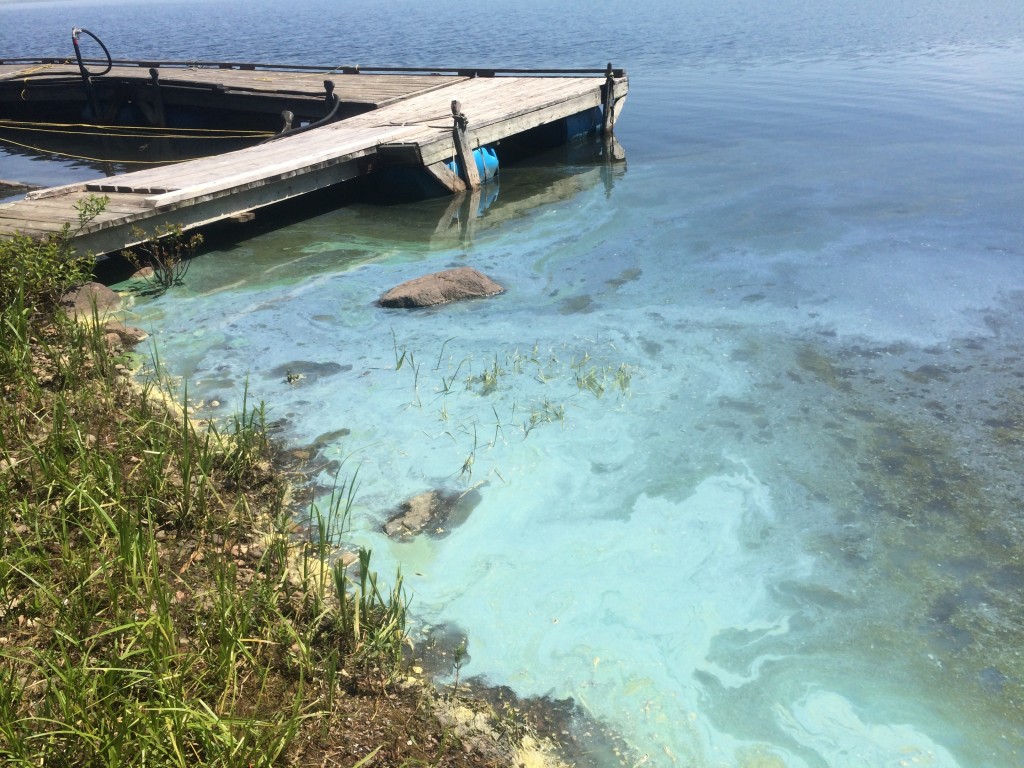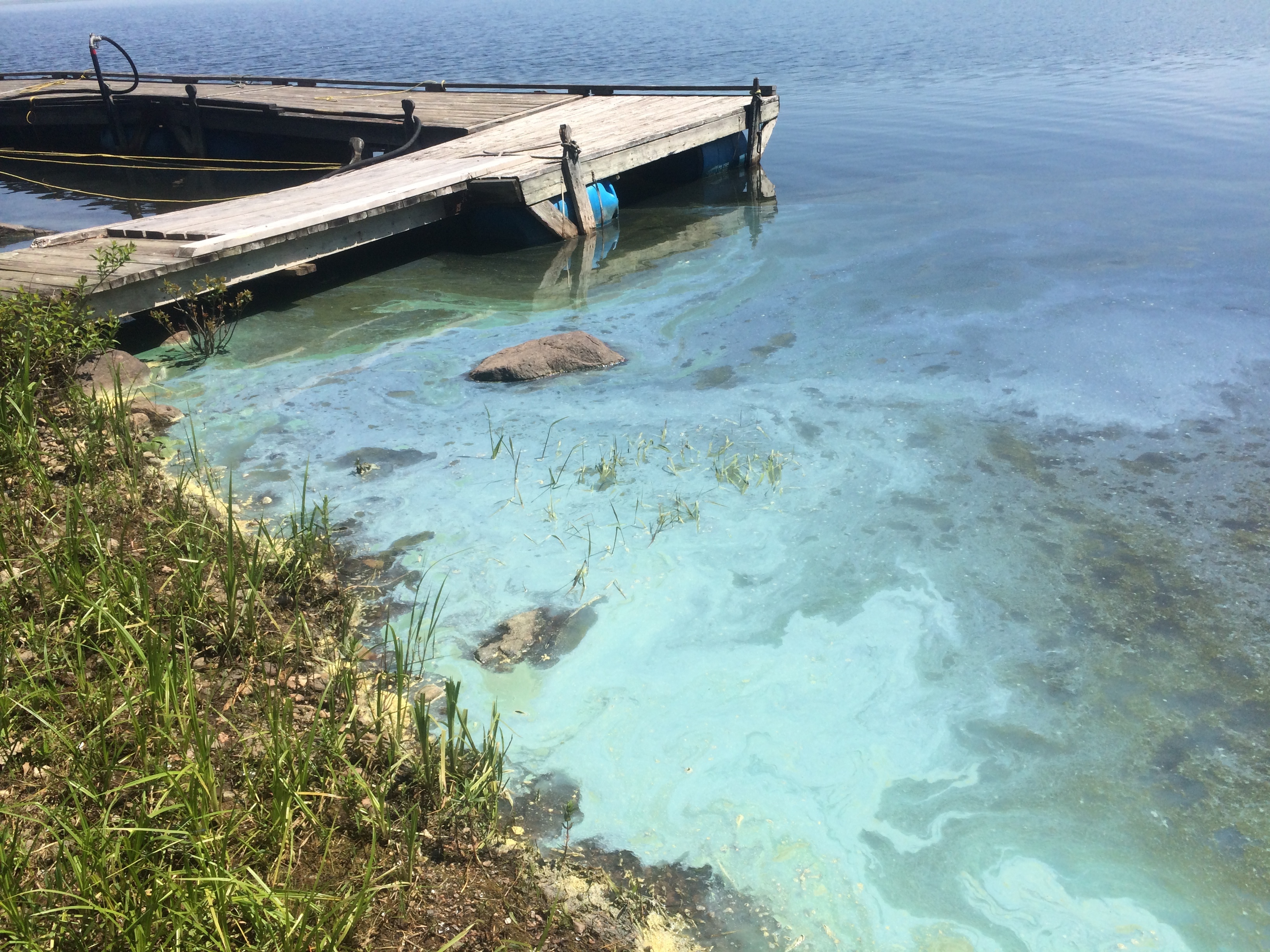A recent article in the Daily Herald titled “After Toledo water scare, states ask EPA for help,” by John Seewer describes a state of emergency in Toledo, Ohio that left over 400,000 people without safe drinking water and environmental regulators advocating for stricter accountability for water quality.
The culprit that caused the water pollution was microcystin, a toxin produced by harmful algal blooms (HABs). Toxic algae outbreaks are an increasingly prevalent nation-wide issue. Preventing algal blooms not only calls for consistent water quality standards, but also a need for ongoing management strategies for rivers and lakes. Addressing only the symptoms of harmful algal blooms and not the cause is costly. Many cities such as Waco Texas are dealing with harmful algal blooms after the fact by building treatment plants that cost upwards of $50 million.
New EPA guidelines set to come out next year will provide drinking water advisories and testing methods for treatment plants and states regarding microcystin and other toxins.
EnviroScience consists of experts who work with individuals, companies, municipalities, states, and the government to maintain high quality water standards and prevent disasters like the Toledo water scare.
EnviroScience can provide specialized, comprehensive services for water testing, including a range of algal identification services and analysis for HAB toxins like microcystin, cylindrospermopsin, saxitoxin and anatoxin.
Check out a few of our many water services:
- Harmful Algal Bloom (HAB) Sampling and Toxin Testing Services
- Algae and Diatom Community Analysis
- Whole Effluent Toxicity (Bioassay) Testing
- Water Quality Monitoring
- Lake Diagnostic and Comprehensive Lake Management Services




